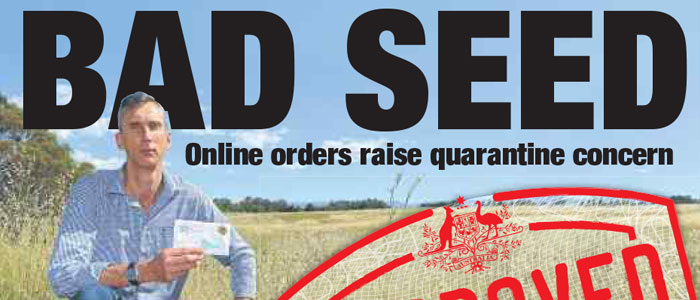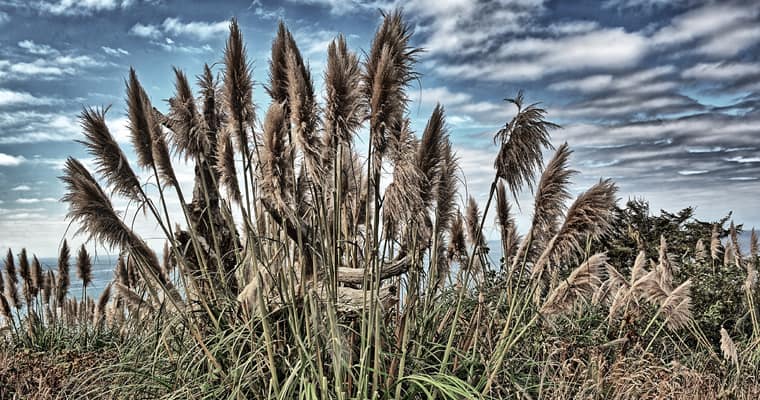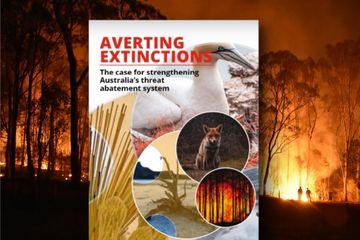
In mid-2014 we demonstrated how easy it was to illegally import banned weed seeds into Australia by buying them through eBay.
Through an online investigation, we exposed multiple sellers of highly invasive species such as Mexican feathergrass (Naselle tenuissima) and kochia (Kochia scoparia) .
Since then, Australia’s Department of Agriculture has done a great job reducing the sale of prohibited seeds via eBay and other online sellers by engaging with the administrators of these sites and with international suppliers to promote compliance with Australian quarantine laws. In recent searches on eBay we have found far fewer examples of prohibited seeds advertised for sale to Australia.
However, not all international companies are willing to stop selling prohibited seeds into Australia. One such company is Baker Creek Heirloom Seeds.
On the popular review website Yelp, the Department of Agriculture has posted a negative review (16 September), warning that Baker Creek Heirloom Seeds “continues to send prohibited seeds to Australia after being informed of import requirements aimed at protecting Australia’s unique environment and agricultural industries”.
Let us see if we can generate enough online pressure to motivate Baker Creek Heirloom Seeds to reform their ways. Please leave your own negative review on Yelp. The company claims to have a conscience – see their ‘About Us’ page – so let them know they could cause serious damage to the Australian environment and agriculture by selling prohibited seeds to Australians. You could also leave comments on their Facebook page.
Examples of prohibited seeds being sold by the company include Ricinus communis, Datura metal and Marrubium vulgare. Australia’s farmers should be concerned as the company is also selling several restricted fruit and vegetable species.
While exerting online pressure is common practice for other environmental issues, we suspect this is a pioneering endeavour in biosecurity. Let’s make it work! We’ll monitor the site and let you know how it goes.
The Invasive Species Council will also continue to report to the Department of Agriculture other online sites that offer sales of prohibited seeds. Let us know if you find any.
More info
- Online seed traders put to the test, November 2014
How you can help
- Become a Border Patrol volunteer




